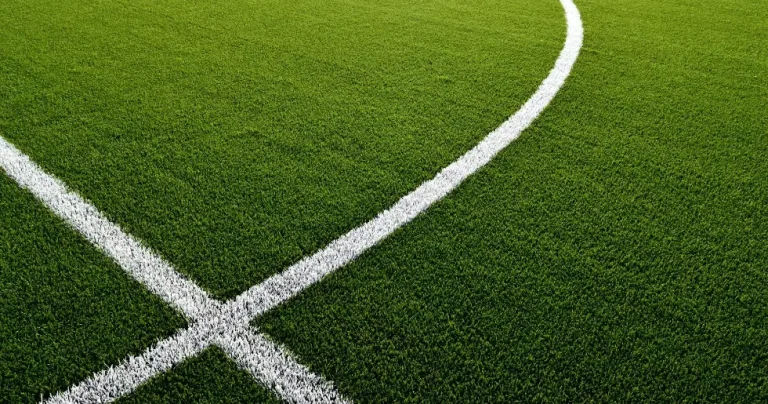Contents
Why Artificial Turf Matters in Professional Sports
Professional sports require fields that are always ready, even, and consistent in performance. Natural grass is vulnerable to weather conditions like rain, heat, frost, and excessive use. In contrast, artificial sports grass provides a long-lasting, cost-effective, and all-weather solution that meets the needs of today’s athletes and teams.
Key Benefits of Artificial Grass for Athletes
✅ 1. Consistent and Controlled Playing Surface
Artificial turf provides a smooth, even surface which enhances ball control, passing accuracy, and reduces unpredictable bounces. This is crucial in football, tennis, hockey, and other fast-paced sports.
✅ 2. Usable Year-Round in Any Weather
Synthetic turf is resistant to rain, snow, heat, and drought. Teams can continue training and matches without delays due to weather disruptions.
✅ 3. Reduced Risk of Sports Injuries
Modern artificial grass systems are designed with shock-absorbing underlayers that reduce impact on joints, knees, and lower back—minimizing the risk of injury.
✅ 4. Low Maintenance and Operational Costs
There’s no need for watering, mowing, fertilizing, or pest control. Compared to natural grass, maintenance costs for synthetic turf are significantly lower.
✅ 5. High Durability and Long Lifespan
Quality artificial grass can last 8 to 12 years, even on high-use fields with multiple games or training sessions per day.
✅ 6. Water Conservation
In times of water scarcity, replacing natural grass with synthetic turf in large sports fields can result in substantial water savings.
How Artificial Grass Improves Athletic Performance
Using synthetic turf not only makes sense financially and logistically, but it also enhances athletes’ technical performance. The even playing surface allows for better concentration, fewer mistakes, and more precise movement. Coaches and performance analysts can also operate in more consistent, controlled environments.
Is Artificial Grass a Good Replacement for Natural Turf in Pro Sports?
Thanks to modern technology, today’s artificial turf systems closely mimic the look and feel of natural grass. With added shock pads and advanced fiber design, many artificial turfs have earned certifications from FIFA and other international federations, making them suitable for official matches and tournaments.
Conclusion: Artificial Turf Is the Future of Sports Fields
If you’re seeking a durable, high-performance, and cost-efficient solution for your field, investing in artificial sports turf is a smart decision. Whether it’s for a professional football pitch, a multi-purpose hall, or a school field, artificial grass offers the perfect blend of aesthetics, performance, and longevity.


